Examining use of solid-state fermentation with soy, rapeseed cake, lupine and peas
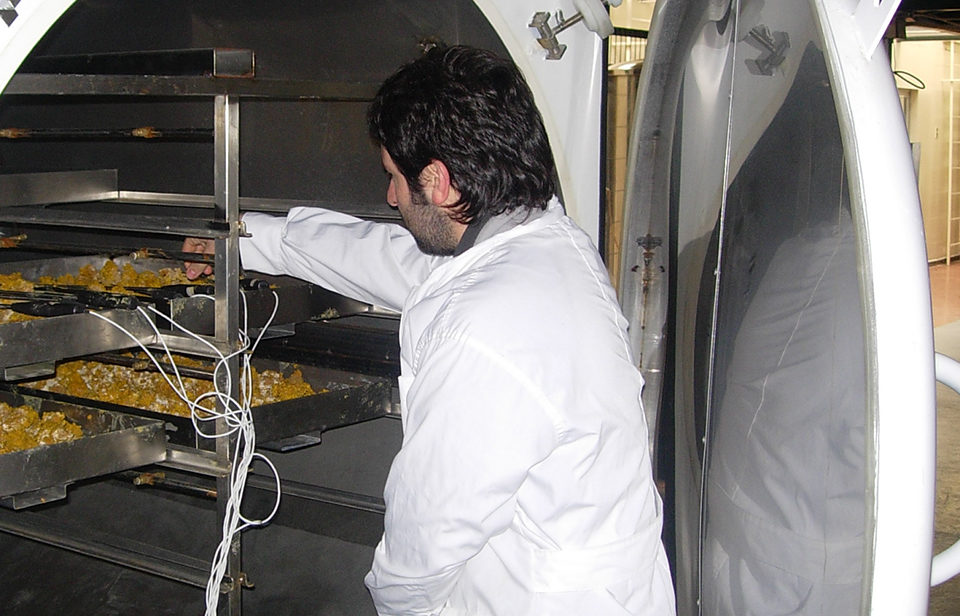
In response to environmental concerns and increased costs, substantial efforts have been focused on research to reduce or eliminate fishmeal in aquafeeds. Important considerations in the selection and use of alternative protein ingredients for commercial diets include the amounts of essential nutrients available for optimal growth, the digestibility and bioavailability of the nutrients, commercial availability and reasonable cost, and the presence of antinutritional factors.
Enhancement of the nutritional quality of alternative protein ingredients is one of the main strategies for the sustainable development of aquaculture. The efficiency and utilization of alternative plant raw materials could be maximized by means of biotechnological processes aimed at concentrating protein content, improving essential amino acid profiles, reducing the level of antinutritional factors and increasing nutrient digestibility and availability.
Solid-state fermentation
Among the different biotechnological processes, solid-state fermentation (SSF) has various applications for the bioconversion of plant feedstuffs and production of new products with added value that can be of interest for the aquafeed-manufacturing industry and aquaculture in general.
SSF can be defined in a simple way as a microbial fermentation that occurs in a solid, moist medium. It offers numerous advantages over widely used liquid fermentation, including high-volume production and concentration of the final product with the consequent generation of limited effluent. The positive effects of SSF on the nutritional composition of plant raw materials is essentially based on the capacity of the microorganisms that participate in this bioprocess to synthesize necessary nutrients for their growth from the substrate in which they are reproduced.
Another important advantage of SSF is that the substrates used are often by-products of the agriculture, forestry or food-processing industries and in most cases have limited application in the formulation of aquafeeds for carnivorous species. The use of SSF for upgrading the nutritional characteristics of raw materials has been the aim of numerous studies, and solid fermentation of agro-industrial residues has been proposed as a suitable pretreatment that could improve their use in animal feeding.
The process of SSF can increase, for example, the amount of available protein in the raw materials and reduce some of the antinutritional factors that limit their incorporation into diets for cultured species. However, the implementation of such procedures at industrial scale for the production of aquafeeds still requires considerable research efforts in order to optimize the processes as much as possible.
Substrate, microorganism selection
In laboratory research, the authors examined the use of solid-state fermentation with soy, rapeseed cake, lupine and peas for the enhancement of their nutritional profiles.
The authors selected various ingre-dients with different characteristics (substrates with high protein content, starchy substrates and lignocellulosicsubstrates) as the macromolecular matrix for SSF processing. Ingredients were also considered on the basis of their actual and potential application in aquafeed formulations. Microorganisms commonly used in the food and feed industries were selected for the fermentation essays at laboratory scale: Lactobacillus plantarum, Aspergillus niger, A. oryzae, Rhizopus oryzae and R. oligosporus.
The variables evaluated considered such fermentation conditions as moisture, pH, fermentation time, surface area/dry mass relationships, microorganism growth, and size and state of inoculum. Changes in the substrates’ nutritional profiles for amino acids, fatty acids, minerals, soluble proteins, phosphorus, phytic acid and polysaccharides were also examined.
Varied results
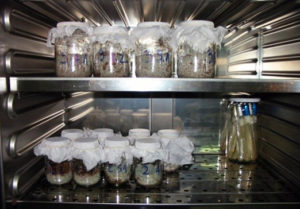
The results obtained in the laboratory were variable among different substrates and microorganisms, and directly affected by the conditions of the fermentation process. Tables 1 and 2 outline the characteristics for two different microorganisms and substrates used in the fermentation process under the best conditions evaluated to obtain a desirable final product.
The laboratory results served as a basis for the design and construction of a pilot-scale bioreactor capable of replicating and controlling the main variables evaluated in the laboratory to produce up to 30 kg of dry fermented ingredients. The bioreactor consisted of flat trays in a closed chamber with a controlled system for temperature, humidity and processing time.
One of the main difficulties observed in other studies conducted on the use of SSF products in aquafeeds was the ina-bility to produce high-volume batches of fermented ingredients at laboratory scale.
The bioreactor was tested and tuned for conducting SFF processes with the selected ingredients using Aspergillus niger as a microorganism. Tables 3 to 5 describe the results of proximate analysis and other characteristics obtained during the fermentation process using the pilot bioreactor.
Table 3 shows the proximate compositions of the selected plant ingredients before and after being treated by SSF. The SSF treatment generated significant improvements in some parameters. These results corresponded to the results obtained for SSF production using A. niger in the pilot bioreactor. Tables 4 and 5 show additional content values for plant ingredients before and after SSF treatment.
Hernandez, Characteristics of rapeseed cake, Table 1
| Raw Ingredient | SSF Product | Standard Deviation | Units | Increment | |
|---|---|---|---|---|---|
| Dry matter | 11.16 | 0.66 | % | ||
| Soluble protein | 20.15 | 170.34 | 9.07 | mg/g ss | 745% |
| Soluble phosphorus | 0.28 | 1.51 | 0.06 | mg/g ss | 439% |
| Total sugars | 120.90 | 47.12 | 5.78 | mg/g ss | -61% |
| Crude fiber | 11.06 | 8.61 | 0.89 | % | -22% |
| Crude protein | 35.26 | 37.40 | 2.00 | % | 6% |
| NNE | 40.49 | 33.35 | 0.45 | % | -18% |
| Antinutrients | |||||
| Oligosaccharides | 25.88 | 0.89 | 0.05 | mg/g ss | -97% |
| Phytic acid | 0.57 | 0.17 | 0.05 | mg/g ss | -70% |
| Total polyphenols | 0.89 | 0.89 | 0.05 | mg/100 g ss | 0% |
| Enzymes | |||||
| Proteases | 0 | Ul/g ss | |||
| Cellulases | 770.25 | 50.15 | Ul/g ss |
Hernandez, Characteristics of soybean cake, Table 2
| Raw Ingredient | SSF Product | Standard Deviation | Units | Increment | |
|---|---|---|---|---|---|
| Dry matter | 39.30 | % | |||
| Soluble protein | 104.23 | 210.13 | 5.28 | mg/g ss | 102% |
| Soluble phosphorus | 0.56 | 39.33 | 2.74 | mg/g ss | 6,923% |
| Total sugars | 162.96 | 18.75 | 4.04 | mg/g ss | -88% |
| Crude fiber | 4.82 | 3.10 | 0.19 | % | -36% |
| Crude protein | 51.20 | 65.41 | 0.53 | % | 28% |
| NNE | 36.36 | 21.53 | 0.45 | % | -41% |
| Antinutrients | |||||
| Oligosaccharides | 86.19 | 0 | mg/g ss | -100% | |
| Phytic acid | 0.73 | 0.23 | 0.05 | mg/g ss | -68% |
| Total polyphenols | 0.17 | 0.20 | 0.01 | mg/100 g ss | 18% |
| Enzymes | |||||
| Proteases | 2,761.62 | 247.48 | Ul/g ss | ||
| Cellulases | 1,182.20 | 70.39 | Ul/g ss |
Hernandez, Profiles of plant materials under solid-state fermentation, Table 3
| Proximal Profile (%) | Soybean Raw | Soybean SSF | Rapeseed Raw | Rapeseed SSF | Lupin Meal Raw | Lupin Meal SSF | Pea Meal Raw | Pea Meal SSF |
|---|---|---|---|---|---|---|---|---|
| Moisture | 10.5 | 5.5 | 5.4 | 5.6 | 4.6 | 5.58 | 7.2 | 6.8 |
| Crude protein | 49.1 | 61.6 | 35.2 | 37.4 | 40.3 | 52.2 | 25.5 | 31.2 |
| Crude fat | 2.5 | 6.7 | 9.3 | 7.5 | 7.2 | 6.06 | 1.4 | 2.3 |
| Total ash | 6.4 | 11.7 | 5.2 | 8.6 | 8.4 | 9.66 | 3.4 | 4.0 |
| Crude fiber | 7.7 | 8.9 | 11.1 | 8.6 | 13.1 | 9.7 | 9.3 | 10.9 |
| NNE | 23.8 | 5.6 | 33.8 | 32.3 | 26.39 | 16.81 | 60.4 | 51.7 |
| Energy (Kcal/100 g) | 396 | 431 | 424 | 413 | 402 | 418 | 404 | 408 |
Hernandez, Other parameters that characterize plant raw materials, Table 4
| Parameters | Soybean Raw | Soybean SSF | Rapeseed Raw | Rapeseed SSF | Lupin Meal Raw | Lupin Meal SSF | Pea Meal Raw | Pea Meal SSF |
|---|---|---|---|---|---|---|---|---|
| Soluble protein (mg/g ss) | 104.23 | 210.13 | 20.15 | 170.34 | 29.96 | 25.96 | 17.02 | 75.08 |
| Soluble phosphorus (mg/g ss) | 0.56 | 39.33 | 0.28 | 1.51 | 0.19 | 0.26 | 0.32 | 5.61 |
| Total sugar (mg/g ss) | 162.96 | 18.75 | 120.9 | 47.12 | 30.53 | 19.21 | 32.71 | 40.16 |
Hernandez, Table 5. Effects of SSF over phytic acid content in treated ingredients, Table 5
| Sample | Phytic Acid |
|---|---|
| Lupin | 6.27 |
| Lupin SSF | 4.47 |
| Soy | 8.79 |
| Soy SSF | <1.77 |
| Pea | 7.92 |
| Pea SSF | <1.77 |
| Rapeseed | n.d. |
| Rapeseed SSF | n.d. |
Perspectives
The characterization of macro- and micronutrients of plant raw materials treated by SSF in the pilot bioreactor showed it is possible to manipulate the nutritional profile of raw materials through bioconversion processes. The results changed depending on the type of plant substrate used. There was an increment in the amount of protein of all tested ingredients. Positive effects were observed on soluble protein and phosphorus levels, which could have a significant impact on the discharge of these nutrients to the aquatic environment.
The results suggested that SSF could improve the nutritional characteristics of plant protein ingredients and thus decrease or overcome the negative effects of antinutritional factors, making them more promising alternative protein sources for aquafeeds. However, further studies are necessary to determine the direct effects of using SSF products – not only over growth performance and feed utilization, but also nutrient balance and the health status and immune condition of fish.
(Editor’s Note: This article was originally published in the November/December 2011 print edition of the Global Aquaculture Advocate.)
Authors
-
Adrián Hernández
Escuela de Acuicultura
Núcleo de Investigación en Producción Alimentaria
Facultad de Recursos Naturales
Universidad Católica de Temuco
P. O. Box 15-D
Temuco, Chile[108,99,46,116,99,117,64,122,101,100,110,97,110,114,101,104,106,97]
-
Aliro Bórquez
Escuela de Acuicultura
Núcleo de Investigación en Producción Alimentaria
Facultad de Recursos Naturales
Universidad Católica de Temuco
P. O. Box 15-D
Temuco, Chile -
Patricio Dantagnan
Escuela de Acuicultura
Núcleo de Investigación en Producción Alimentaria
Facultad de Recursos Naturales
Universidad Católica de Temuco
P. O. Box 15-D
Temuco, Chile -
Carolina Shenne
Departamento de Ingeniería Química
Universidad de la Frontera
Temuco, Chile
Tagged With
Related Posts
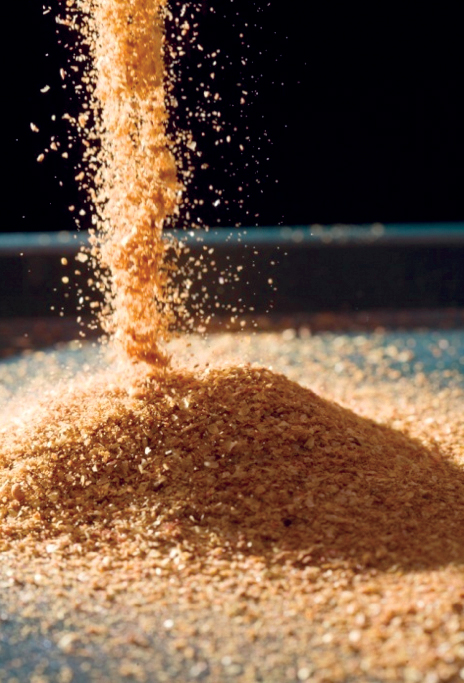
Aquafeeds
A look at corn distillers dried grains with solubles
Corn distillers dried grains with solubles are an economical source of energy, protein and digestible phosphorus to reduce feed costs and fishmeal usage.

Aquafeeds
A new nutrient for aquaculture, from microbes that consume carbon waste
Biotechnology firm NovoNutrients aims to produce a line of nutraceutical aquafeed additives as well as a bulk feed ingredient that can supplement fishmeal. Its process includes feeding carbon dioxide from industrial gas to a “microbial consortium” starring hydrogen-oxidizing bacteria.
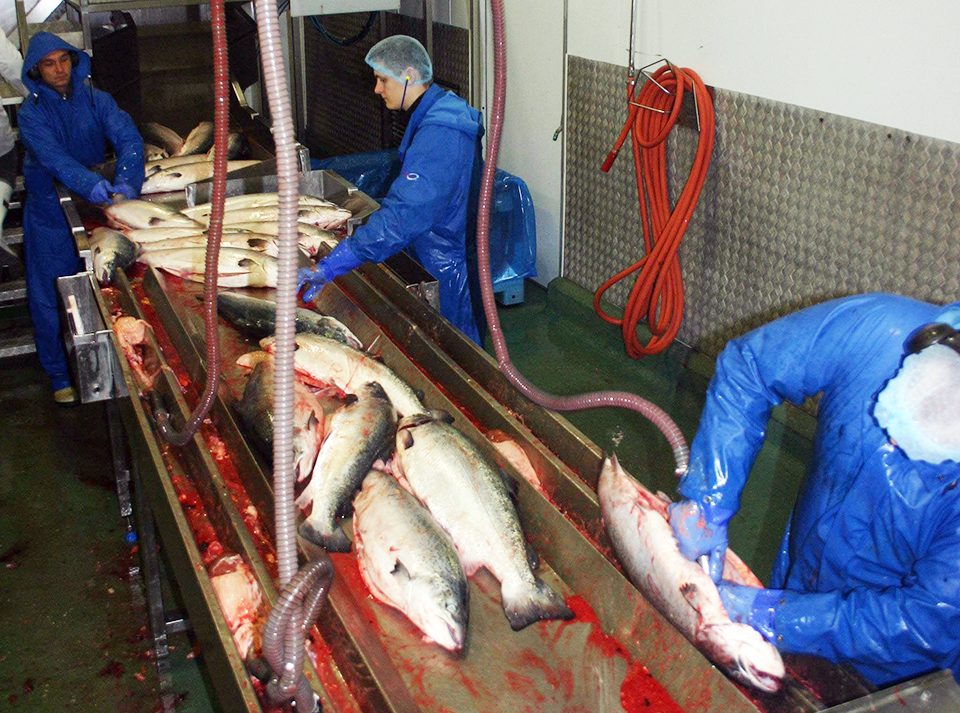
Responsibility
Aquaculture byproducts improve sustainability of seafood value chains
Tons of aquaculture byproducts are available as sources for fishmeal and fish oil to supplement the supplies obtained from fisheries. Innovative technologies are supporting more efficient use of these by-products in aquafeed.
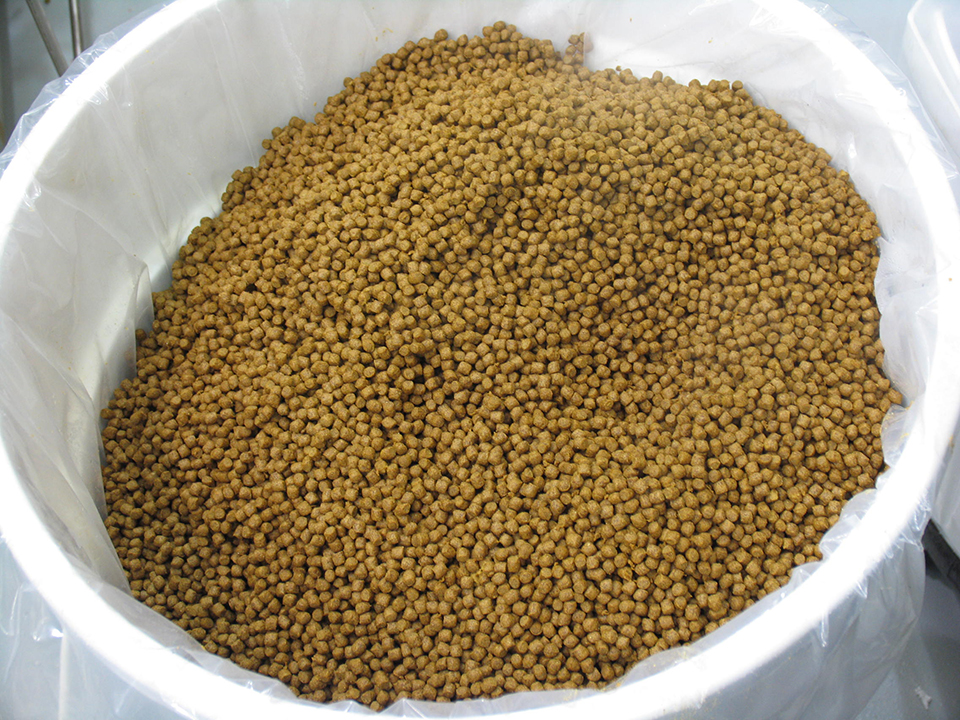
Aquafeeds
Aquaculture shows substantial growth in global feed production survey
A global survey of feed producers in 134 countries found that aquaculture feed production rose 17 percent in 2012, affirming its position as the fastest-growing species sector.


